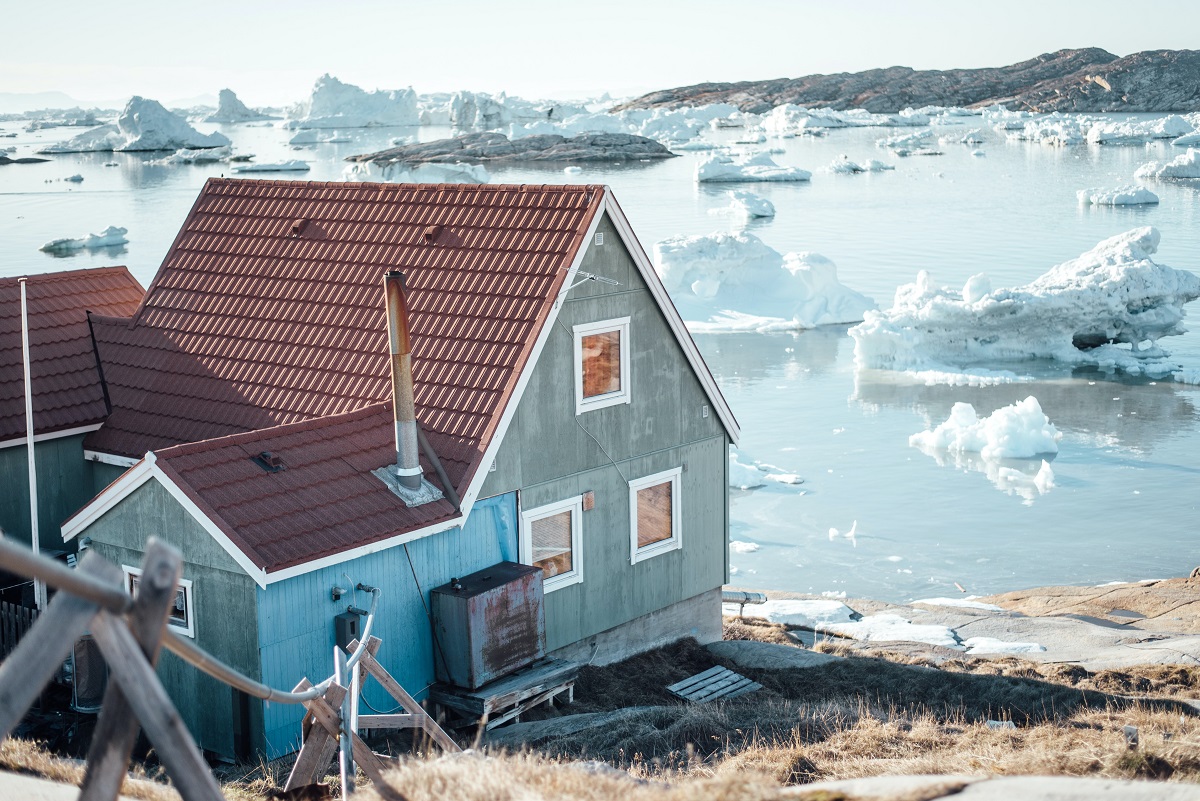Disclaimer: This website provides health information for educational purposes only and is not a substitute for professional medical advice, diagnosis, or treatment. Always seek the guidance of a qualified healthcare provider with any questions you may have.
When we’re too busy with our daily lives, we tend to forget about the things in life that protect us. There’s one part of our house that has been protecting us for decades: the roof. Whether it be rain, tornadoes, hailstorms, or strong winds, there’s no denying that our roof has played an integral part in our safety and security.
Even in almost any picturesque photo that you see of any European, Asian, and American town out there, you’ll see that the roof will always be the one that sounds out. Even in the countryside, you can easily spot a house from miles away if it has a roof. While it doesn’t seem like much, it’s still As the saying goes, “The sky’s the limit if you have a roof over your head.”
While it’s great that we get to camp, travel, and spend time in the great outdoors, this might not be so pleasant when you’re out and about while there’s a hurricane blowing on your face. That said, home and houses are crucial in ensuring our safety, if not from the weather, then from other types of danger, too.
Weather in the United States
Before we take a look at what types of materials we can consider, we have to look at the weather in the United States.
This country is a vast place. With over 3.797 million mi² of landmass, the United States takes up the mantle as the world’s 4th largest country. With millions of square miles of landmass, the country has a diverse set of different weather conditions. Whether its temperate regions, boreal forests in the northern regions, arid deserts at the south, steep alps in the mountain ranges, and tropical weather in areas like Florida, there’s a lot of weather conditions to consider. Most new subdivisions will usually keep these factors in mind when planning out residential areas.
But in general, the United States has a continental climate, with icy, frigid winters and hot summers that can fry eggs on a pavement. Since most regions’ temperature can shift and change in a matter of days, it’s imperative to have the right roofing materials and insulation.
The Best Roofing Materials
If you’ve noticed, a lot of homes that are situated in coastal areas will usually have shingles that are made out of slate roofing or clay. These types of roofing materials are exceptionally resistant to weathering and erosion. As you can see, each building material used for a specific area will have its own merits and advantages.
So here are the best roofing materials that you can use for different weather conditions:
Asphalt Shingles
These shingles are so standard that you can find them in almost any suburban area in the United States. This type of roofing material is so popular that a whopping 80% of residential homes in the United States use these shingles. They’re not necessarily the best in the business, but they do get the job done.
There are different variations of asphalt shingles that you can choose from, but most will come in the form of 3-tab shingles and architectural shingles.
Be wary, though. If you’re living in an area that’s situation near hailstorms, this could lead to your shingles breaking apart.
Cement Tiles
Since these types of tiles are made from concrete and cement, they are more durable than the usual kinds of shingles. There are also a wide variety of styles and colors that you can choose from. Compared to asphalt shingles, these types of tiles are an excellent choice for impact-resistance against hailstorms. Although at some point it might crack, it’s relatively inexpensive to replace.

Metal Roofing
This type of roofing is slowly phasing out asphalt shingles are a more dominant type of roofing material. Not only is it durable in almost any weather condition, but it can also last a long time. The conductive nature of metal roofs means that they should be insulated so that heat is avoided. It’s recommended to buy higher quality products since lower-priced models are known for being malleable when exposed to debris and hail.
For most inland cities and towns, metal roofing is the right way of holding down your roof against tornadoes and high winds. Experts would say that metal roofs can withstand around 90 miles per hour of strong winds.
Slate Tile Roofing
Again, you’ll usually see this in a lot of coastal areas because it’s known for being weather-resistant and won’t erode as quickly as other materials. It’s also quite heavy, which makes it a good fit for homes situated close to high winds that can reach more than 100 miles an hour. Since it’s a bit heavy, it might be a bit trickier to install, but this type of roof is definitely worth the time and effort, especially with a lifespan that lasts 90 years.
With these materials, you can easily discern the type that you should place in your roof. Keep in mind that it’s not just the weather that you should keep an eye out for, but other factors, such as foliage near your area, and the amount of precipitation that you get each season. It might seem like picking the right material for your roof might be a daunting task, but it’s a necessity nonetheless.




